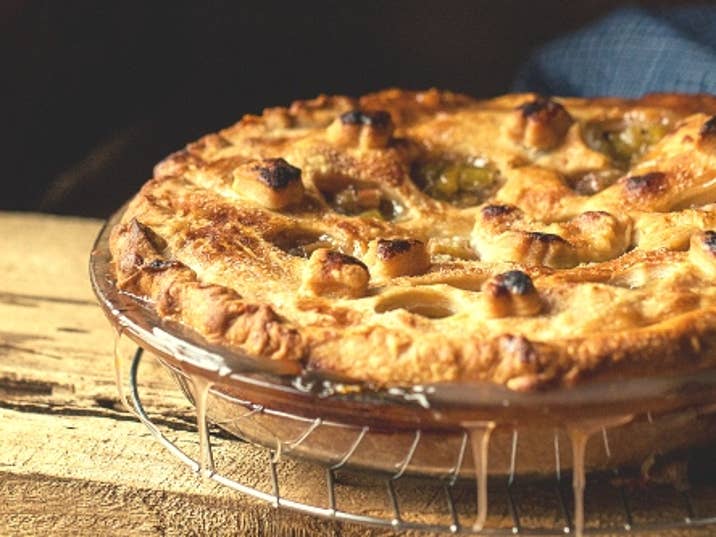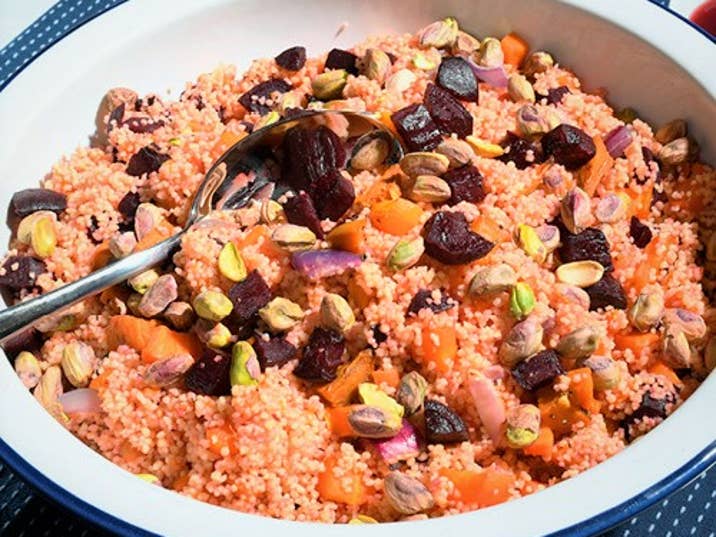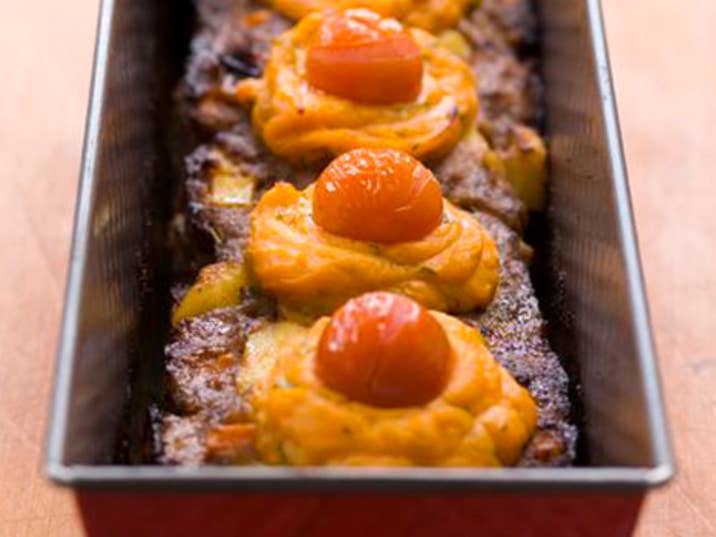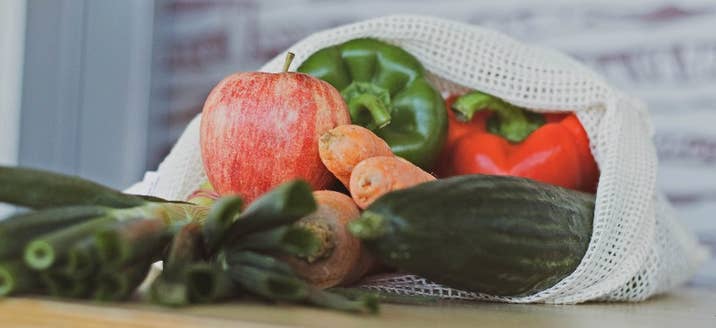How to Buy, Store & Cook Kūmara
Kumara
4 types of kūmara are grown in New Zealand: red, orange, purple and gold. Discover their differences and learn how to prepare and cook with healthy kūmara recipes
When you can buy Kūmara in NZ?
All varieties of kūmara are available year-round at PAK'nSAVE. For the best value, buy Kūmara during the autumn harvest season between April and May. It will be at its freshest and, due to greater supply, the prices are often at their lowest. (Don’t worry, though, we never run out of NZ’s sweet potato and we keep our prices low all year round!)
What type of root vegetable is Kūmara?
Kumara is New Zealand’s much-loved sweet potato brought to our shores by the Polynesian ancestors of Māori in the 13th century. It is a member of the tuber family that grows underground, like potatoes, and is full of fibre and essential nutrients.
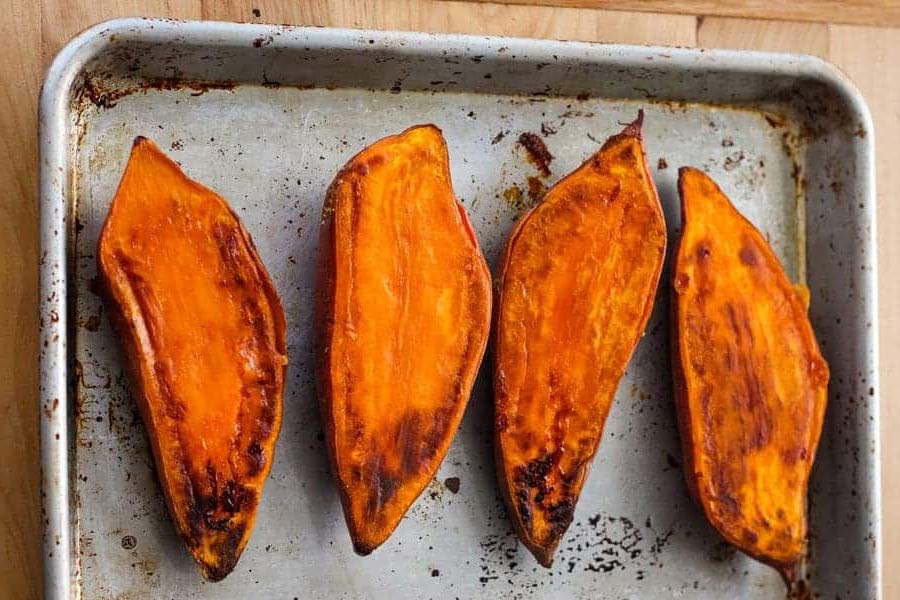
Popular types of New Zealand kūmara
Kūmara are still grown in Northland and the Northern Wairarapa region where the soil type and climate seems to suit them. We grow four different varieties of kūmara which are generally defined by their colour - red, orange, purple and gold. They have a natural sweetness and can be cooked together to create a roast vegetable medley.
1. Red kūmara - Owairaka Red
Red kūmara (Owairaka) is NZ's best known kūmara and is regarded as a culinary icon. It has a deep red skin and a firm creamy white flesh with red veins. Red skinned kūmara are an incredibly robust variety, making them perfect for salads or roasting and make outstanding Kūmara wedges. They are a healthy substitute for potatoes and can be cooked in similar ways.
2. Orange kūmara - Beauregard
The sweetest kūmara is the orange kūmara, otherwise known as sweet potatoes in many countries, due to the sweetness of its rich orange flesh and edible bright orange skin. Orange skinned kūmara are rich in beta carotene and perfect as one of your five a day. Beauregard take less time to cook than other kūmara and have a lighter texture, making them the best substitute for mashed potatoes and pumpkin. They can be spiralized (cutting into long spiral-shaped strands, a bit like noodles) into soba noodle salads, substituted for spaghetti and roasted in the oven where their naturally sweet flavour caramelises for a knockout roast vege salad.
Red kūmara vs orange kūmara
Apart from the colour of the skin and flesh, the main differences between red and orange kūmara are:
-
Taste: red kūmara is mildly sweet and earthly whereas orange kūmara is noticeably sweet
-
Texture when cooked: red kūmara is firm and dry; orange kūmara is softer and more moist
-
Best way to cook: red kūmara boils and roasts well; similarly, orange kūmara is great for roasting but also for baking and mashing due to its softer consistency.
3. Purple Dawn kūmara
Purple Dawn is a newer kūmara variety, featuring a purple skin and purple flesh. Purple vegetables are considered to be superior nutritionally and purple kūmara doesn't disappoint. It contains anthocyanin which has anticancer and anti inflammatory benefits and prevents cardiovascular disease. Purple kūmara has a more earthy taste than the sweeter varieties. and is perfect for roasting and mashing.
4. Gold kūmara - TokaToka Gold
TokaToka gold kūmara are an indigenous New Zealand variety and are named after Dargavilles' TokaToka Peak in Northland, close to where they are grown. Gold kūmara have a golden skin, surrounding gold colored flesh that's the same light, fluffy texture as Beauregard varieties. They are sweeter than red kūmara but not as sweet as orange. We recommend you bake or roast gold kūmara for the best results.
How does kumara compare to other root vegetables?
Potatoes
The most obvious alternative to kumara is the humble, yet delicious, potato. Potatoes cook very similarly to kumara but tend to be less sweet with a more neutral flavour. Sweet potato is slightly higher in calories than potatoes (86 vs 77 calories per 100g raw), and carbs (20g vs 17 grams per 100g raw). But it has more fibre (3g vs 2.2g) and more nutrients like vitamin A.
Swede
Swede is popular in New Zealand but perhaps more of an ‘occasion’ vegetable, especially during the winter months. It has a mild, slightly earthy taste. It is softer than kumara and less sweet. Sweet potato is higher in calories than swede (86 vs 38 calories per 100g raw), and carbs (20g vs 9 grams per 100g raw). But it has more fibre (3g vs 2.2g).
Yams
Yams are another popular choice in NZ. They are sweeter and tangier than kumara. As they are a lot smaller, they cook quicker. Sweet potato is higher in calories than yams (86 vs 65 calories per 100g raw), and carbs (20g vs 15 grams per 100g raw). But it has slightly more fibre (3g vs 2.7g).
Beetroot
Beetroot is a denser, earthier vegetable than kumara (although, if you roast beetroot it can be sweetly delicious). Sweet potato is higher in calories than beetroot (86 vs 43 calories per 100g raw), and carbs (20g vs 10 grams per 100g raw). But it has ever-so-slightly more fibre (3g vs 2.8g).
Parsnips
Sweet potato is slightly higher in calories than parsnip (86 vs 75 calories per 100g raw), and carbs (20g vs 18 grams per 100g raw) but there isn’t much in it. Unlike other root vegetables, parsnip has more fibre than kumara (4.9g vs 3.0g).
Turnip
Oh the humble turnip! Turnips are far less sweet than kumara with a softer, watery texture. Sweet potato is higher in calories than turnip (86 vs 28 calories per 100g raw), and carbs (20g vs 6 grams per 100g raw). But it has more fibre (3g vs 1.8g).
Tips for buying and storing kūmara
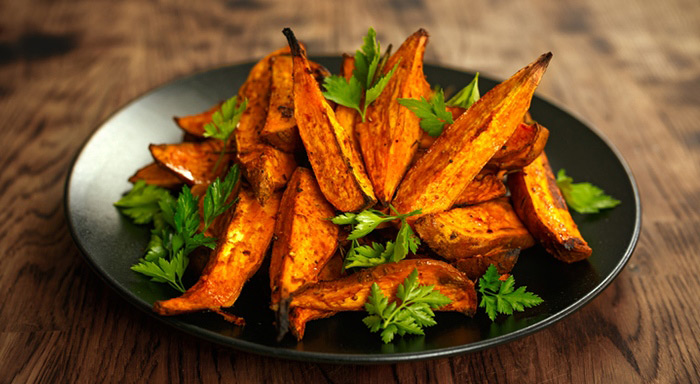
After harvesting, kūmara are stored for several months to allow time for their starch to naturally convert to sugar giving them their sweetness.
- When buying kūmara, you should buy no more than one week's supply, as they are best eaten shortly after being freshly picked.
- Look for a firm vegetable with unbroken skin. Steer clear of any kumara that are soft or have shrivelled or wrinkled skin.
- Opt for medium-sized kumara. Small kumara can be dry and large kumara can be fibrous.
- As with potatoes, don’t buy kumara with sprouts. They’re past their best and might taste bitter.
- If you plan on peeling your kūmara, opt for the smoothest shaped ones you can find. (Kūmara naturally have a knobbly, irregular shape which can make them fiddly to peel).
- Kūmara should never be refrigerated as they will shrivel and decay. They prefer instead to be stored in a dark, cool (13-17 degrees centigrade), well-ventilated place.
- Kūmara are sensitive to ethylene so keep away from ethylene producing fruits and vegetables.
Preparing and cooking kūmara
Kūmara are a very versatile vegetable, which can be added to most cooking recipes in place of potatoes, pumpkin and root vegetables. You can bake, roast, boil and air fry kūmara and add chunks to your casserole, stew and curry recipes.
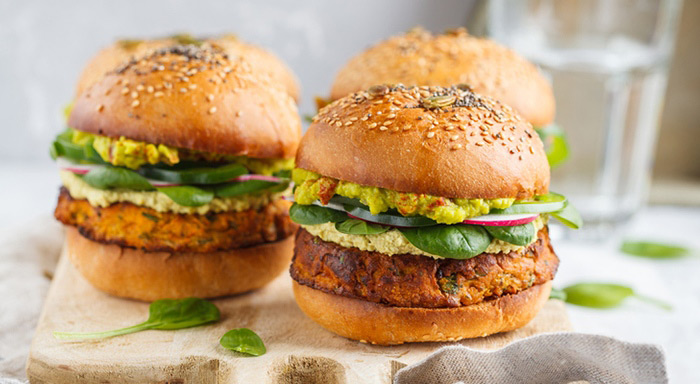
Here are some other ideas for adding more kūmara into your diet:
- Sweet potato skins are safe to eat and boost their nutritional value as they are a good source of fibre. If you plan to keep the skins on kūmara, scrub them well to remove any blemishes.
- Sweet potatoes baked in the oven are hard to beat, when topped with some sour cream and chopped chives.
- Thinly shaved kūmara make wonderful chips. Dip into your kūmara dip!
- Thicker cut kūmara wedges can be oven baked in place of fries.
- Replace the top of your shepherd's pie with kūmara mash, for a sweeter taste and more flavour.
- Grate kūmara to make a kūmara rosti by combining finely diced leek and onion, with egg and seasoning. Then fry in a little olive oil and serve with crisp streaky bacon.
- Make this delicious roast vegetable medley to accompany chicken and lamb. Leftovers can be added to a salad the following day.
- Chicken pairs well with kūmara in this delicious chicken and kūmara pie.
There are a few different varieties available on the shelves but they all share a starchy, sweet flavour that is a favourite in kiwi kitchens. Unlike potatoes, kūmara are from the Morning Glory family not from the nightshade family, making them a perfect replacement for those with nightshade allergies.
Health benefits of kūmara
Kūmara are a good source of dietary fibre which improves digestion and gut health. They are one of the highest vegetable carbohydrate sources, needed to boost energy. As long as you hold back on the butter when mashing they are virtually fat free. Rich colored kūmara flesh and skin provide phytonutrients, which help prevent cell damage reducing the risk of heart disease, strokes, Alzheimer's Disease and cancer. Anthocyanin found in the distinctive red skin and purple varieties, can fight inflammation and boost the immune system. Orange and gold kūmara are rich in beta carotene which strengthens the immune system and improves skin and eye health.
Sweet and colourful kūmara
seasonal fruits and vegetables hereThese four wonderfully colourful kūmara will add variety, texture and flavour to your weekly family meals. Now you know how healthy they are to eat, we hope you will enjoy them even more. Find out more about
.
1 / 0
Read more Fruit and Vegetable guides
Pumpkin | Kumara | Silverbeet | Asparagus | Watermelon | Afourer Mandarin | Cherry Tomato | Mushrooms | Avocado | Grapefruit | Broccoli | Celery | Potatoes | Oranges | Strawberries
